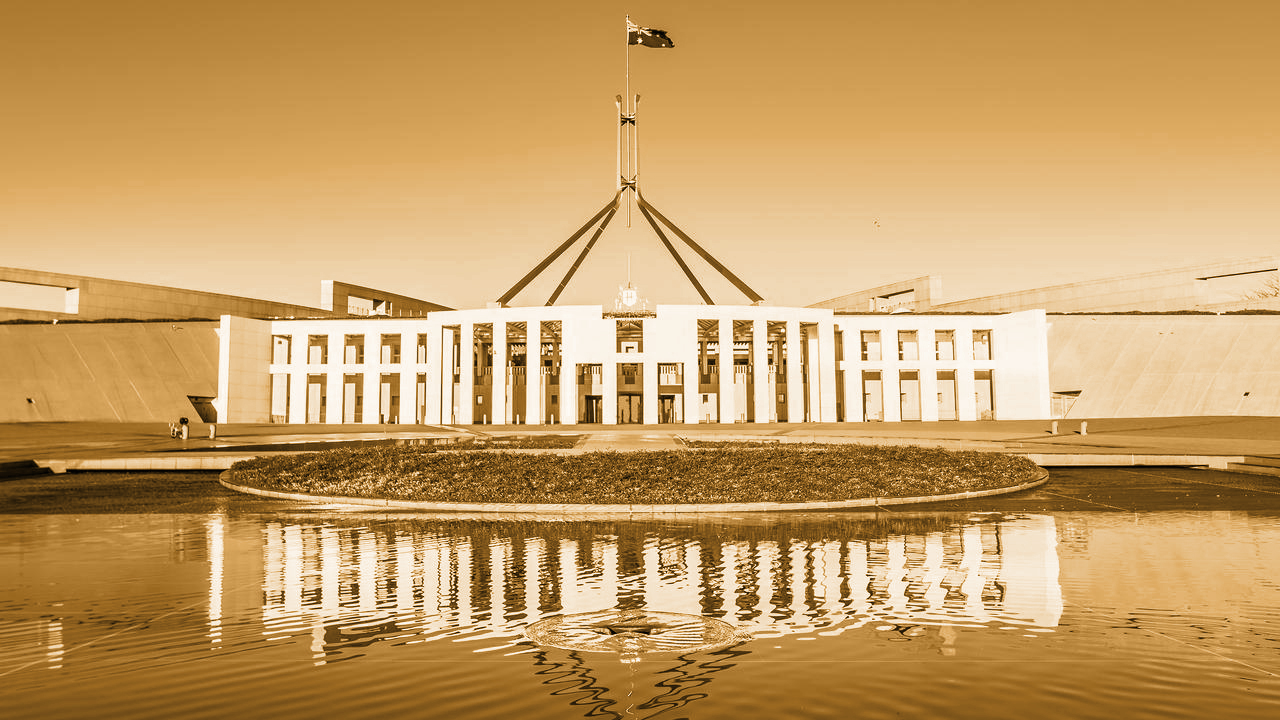
Temporary Full Expensing (TFE)…get in quick!
May 9, 2023
How to claim an early tax deduction on SG contributions
May 9, 2023It’s now only a week or so until the Federal Budget which is to be handed down on 9 May.
Some of the things to look out for this year potentially include:
Abolition of Temporary Full Expensing
Under current legislative settings, TFE (see earlier) is set to cease on 1 July 2023 with the write-off set to revert to just $1,000 from that date. If no action is taken in the Budget to extend TFE, this will have a cashflow impact on businesses in the sense that depreciation deductions will be spread out over a number of years rather than being claimed upfront. Record keeping will also be more burdensome in this space.
Stage three tax cuts
The fate of these tax cuts is also expected to be revealed. This round of tax cuts follows the first two stages which are now law, and which largely benefited lower-income earners. If the stage three tax cuts are to proceed, from 1 July 2024, they will abolish the current 37% tax bracket, lower the existing 32.5% bracket to 30%, and raise the threshold for the top tax bracket from $180,001 to $200,001. The following table illustrates how the rates and thresholds will change if the tax cuts proceed:
|
Tax Rate |
Thresholds in 2022-23 |
Tax Rate |
New thresholds in 2024-25 |
|
Nil |
Up to $18,200 |
Nil |
Up to $18,200 |
|
19% |
$18,201-$45,000 |
19% |
$18,201-$45,000 |
|
32.5% |
$45,001-$120,000 |
30% |
$45,001-$200,000 |
|
37% |
$120,001-$180,000 |
|
|
|
45% |
$180,001 and over |
45% |
$200,001 and over |
On the face of it, lowering the 32.5% to 30% and removing the 37% tax bracket altogether seems like a big win for middle and upper-middle-income earners. But it will actually be a much bigger win for higher-income earners, in dollar terms. For example, an individual who earns:
- $75,000 will be better off by $750 per year compared to now
- $125,000 will be better of by $2,225
- $200,000 will be better off by $9,075.
Low and middle-income tax offset (LMITO) replacement?
This $1,500 tax offset ceased on 1 July 2022. The LMITO was introduced by the former Coalition government in 2018. It was only meant to be paid out once but was twice extended due to the COVID-19 pandemic. We will wait until Budget night to see what, if any, alternative tax relief is offered to low and middle-income earners, or indeed whether the LMITO is reinstated. If not, then low-income earners may face an increased tax liability of up to $1,500 when upcoming 2022/23 tax returns are lodged.
Were CGT concessions trimmed?
While it’s unlikely the CGT main residence concession on the family home will be reduced, the 50% CGT discount for other investments held more than a year could be partially on the chopping block for some people. It’s possible to imagine a reduction in the discount for capital gains over a certain threshold – say $3 million, in line with the threshold for the recent increase to superannuation earnings – limiting the impacts to a smaller, wealthier cohort of individuals.
More information?
In the days following, please contact us if you have any questions about how the Budget may impact your business, investments, or you as an individual.
Disclaimer: This update is intended as general information only and is not tailored to individual circumstances. Please contact us if you would like specific advice.


